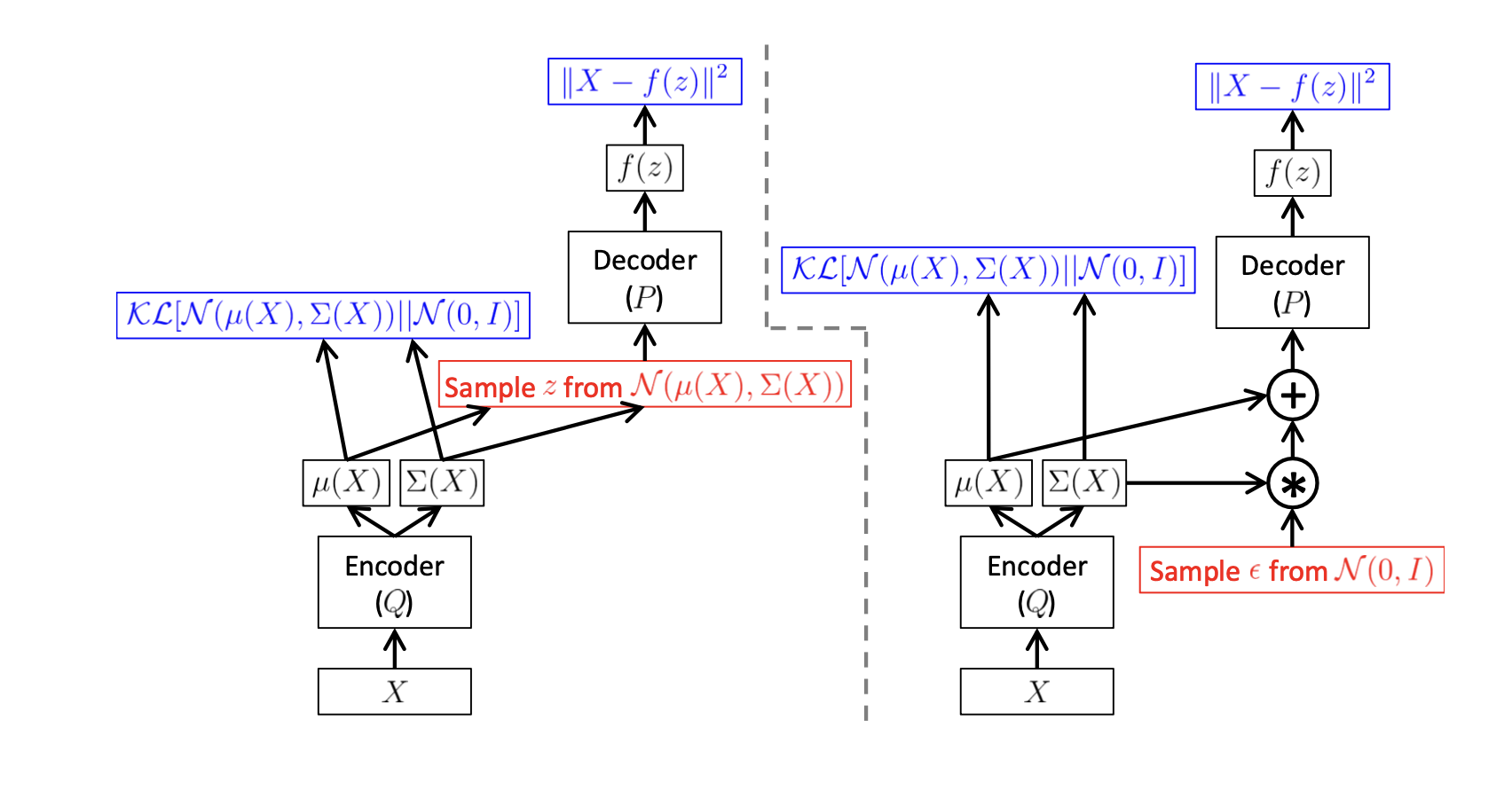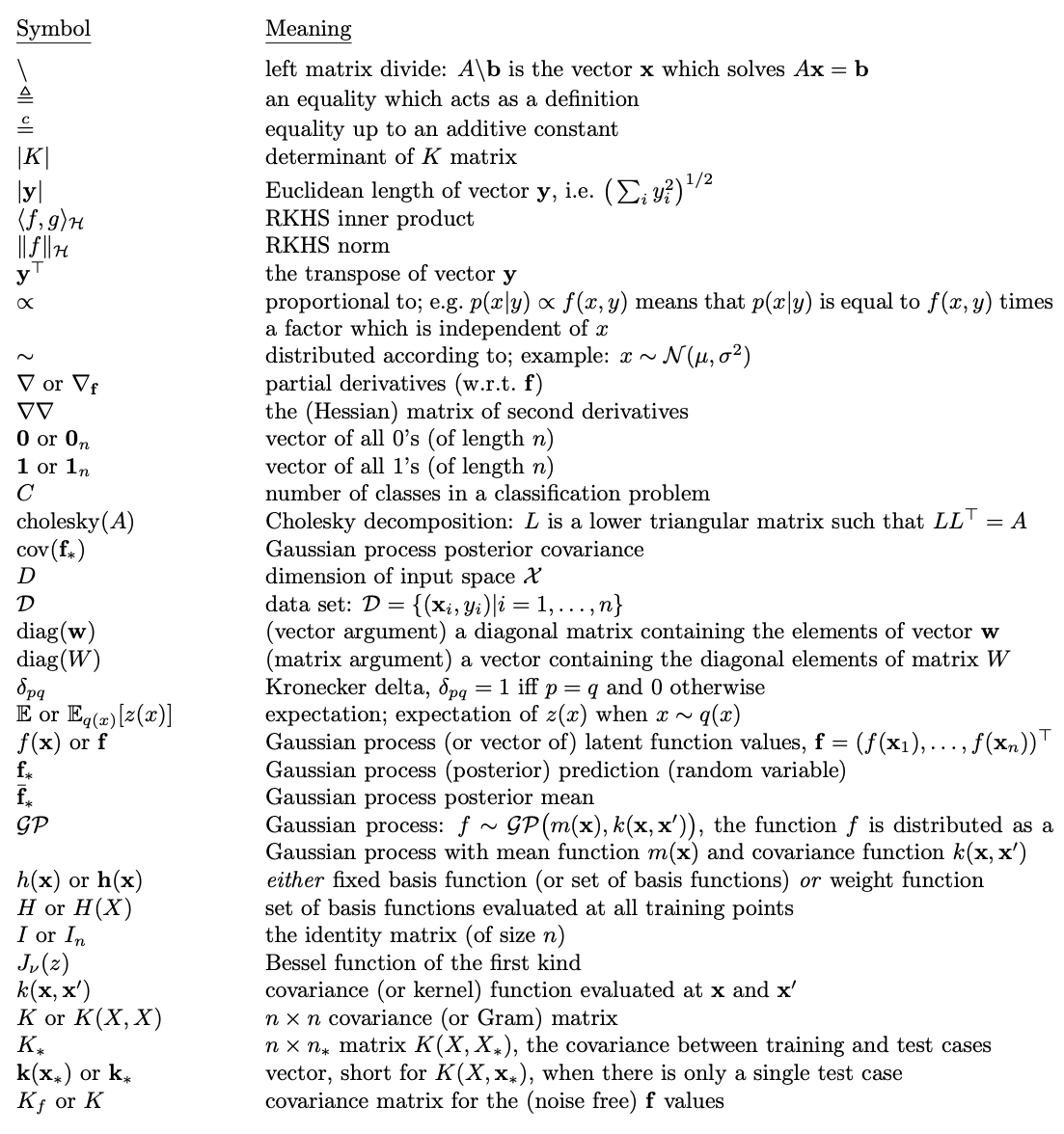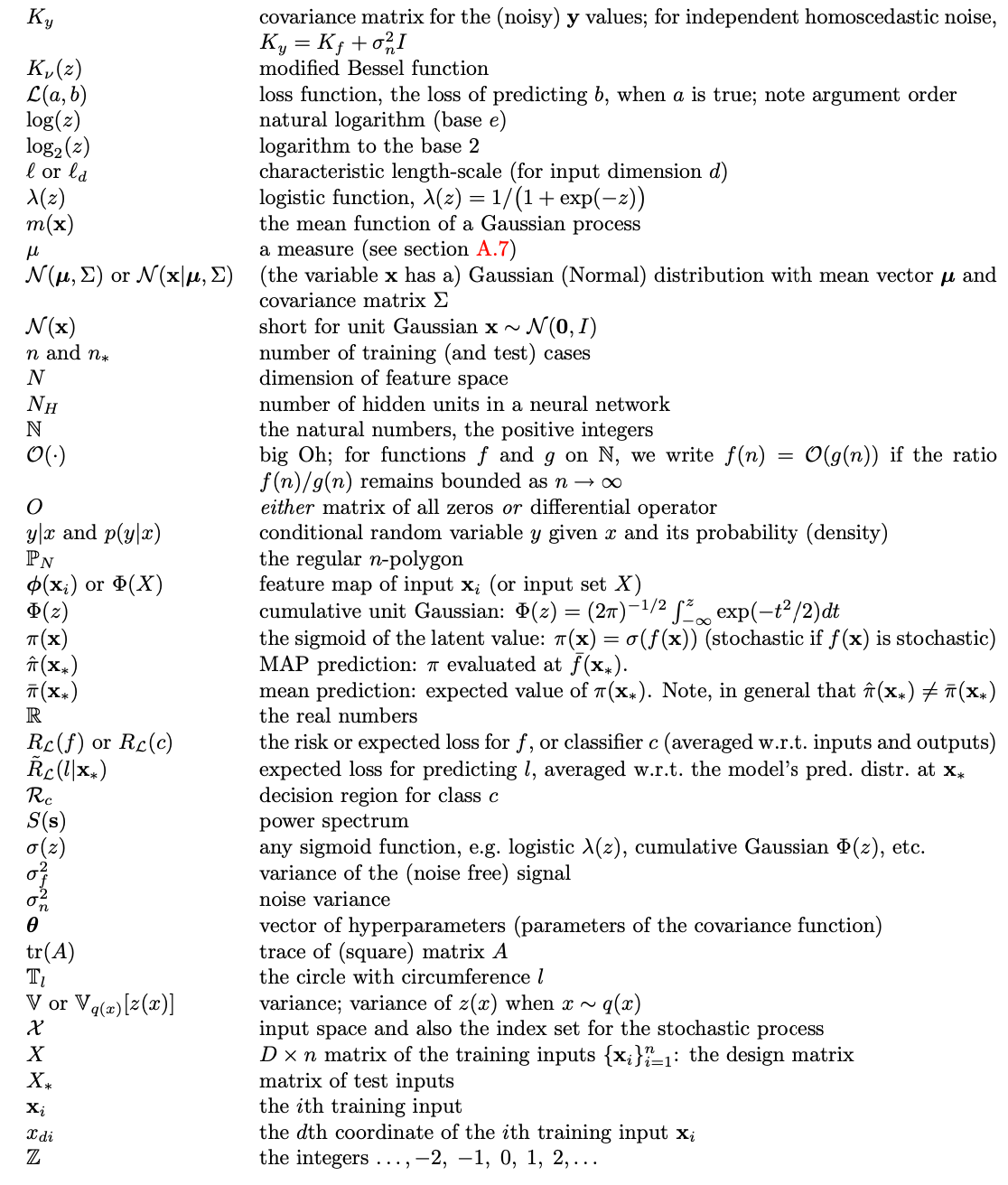Base on Fourier Analysis: an Introduction by Elias M. Stein & Rami Shakarchi
Fourier Analysis (1)
Basic Properties of Fourier Series
Key Takeaway
Preliminary
Useful Identities
- \(e^{ix} = \cos(x) + i\sin(x)\)
- \(\cos(x) = \frac{e^{ix} + e^{-ix}}{2}\)
- \(\sin(x) = \frac{e^{ix} - e^{-ix}}{2i}\)
Complex Trigonometric Polynomial
Any function \(T\) of the form:
\[T(x) = a_0 + \sum^N_{n=1}a_n \cos(nx) + \sum^N_{n=1} b_n \sin(nx)\]
with \(a_n, b_n \in \mathbb{C}, 0 \leq n \leq \mathbb{N}, x \in \mathbb{R}\) is called a Complex Trigonometric Polynomial, it can also be written as:
\[T(x) = \sum^N_{n=-N} c_n e^{inx}\]
Everywhere continuous functions
These are the complex-valued functions \(f\) which are continuous at every point of the segment \([0, L]\). Continuous functions on the circle satisfy the additional condition \(f(0) = f(L)\). (starting point = end point)
Piecewise continuous functions
These are bounded functions on \([0, L]\) which have only finitely many discontinuities.
Riemann integrable functions
Refer to Theorem 3.34 of MIRA(2). We say that a complex-valued function is integrable (Riemann) if its real and imaginary parts are integrable. The sum and product of two integrable functions are integrable.
Functions on the circle
A point on the unit circle takes the form \(e^{i\theta}\) (mapping from real number to number on a unit circle), where \(\theta\) is a real number unique up to integer multiples of \(2\pi\). If \(F\) is a function on the circle, then we may define for every \(\theta \in \mathbb{R}\):
\[f(\theta) = F(e^{i\theta})\]
\[f(\theta + 2\pi) = f(\theta), \quad \forall \theta \in \mathbb{R}\]
In conclusion, functions on \(\mathbb{R}\) that \(2\pi-\)periodic, and functions on an interval of length \(2\pi\) that take on the same value at its end-points are two equivalent descriptions of the same mathematical objects, namely, functions on the circle.
Main Definitions
- All functions are assumed to be integrable (Riemann).
Def 1.1.1: Fourier Coefficient and Fourier Series of a Function
If \(f\) is an integrable function given on an interval \([a, b]\) of length \(L = b - a\), then the \(n\)th Fourier coefficient of \(f\) is defined by:
\[\hat{f}(n) = \frac{1}{L} \int^b_a f(x) e^{-2\pi inx / L} dx, \quad n \in \mathbb{Z}\]
If f is period, then the \(\hat{f}(n)\) is independent of the choice of interval (same for all intervals).
The Fourier series of \(f\) is given by :
\[\sum^{\infty}_{n=-\infty} \hat{f}(n) e^{2\pi inx / L}\]
Def 1.1.2: Dirichlet Kernel
The trigonometric polynomial defined for \(x \in [-\pi, \pi]\) by:
\[D_N(x) = \sum^N_{n=-N} e^{inx} = \frac{\sin((N + \frac{1}{2})x)}{\sin(\frac{x}{2})}\]
is called the \(Nth\) Dirichlet kernel. The Fourier coefficients \(a_n\) have the property that \(a_n = 1\) if \(|n| \leq N\) and \(a_n = 0\) otherwise.
Def 1.1.3: Poisson Kernel
The function \(P_r(\theta)\), is called the Poisson kernel, is defined for \(\theta \in [-\pi, \pi]\) and \(0 \leq r < 1\) by the absolutely and uniformly convergent series:
\[P_r(\theta) = \sum^\infty_{n=-\infty} r^{|n|}e^{in\theta}\]
Uniqueness of Fourier Series
Theorem 2.1 Continuous points have value zero when all Fourier coefficients are zeros
Suppose that \(f\) is an integrable function on the circle with \(\hat{f}(n) = 0\) for all \(n \in \mathbb{Z}\). Then \(f(\theta_0) = 0\) whenever \(f\) is continuous at the point \(\theta_0\).
Corollary 2.2:
If \(f\) is continuous on the circle and \(\hat{f}(n) = 0\) for all \(n \in \mathbb{Z}\), then \(f = 0\).
Theorem 2.3: If series of Fourier Coefficients converges absolutely, then Fourier Series converges to \(f\)
Suppose that \(f\) is a continuous function on the circle and that the Fourier coefficients of \(f\) is absolutely convergent, \(\sum^\infty_{n = -\infty} |\hat{f}(n)| < \infty\). Then, the Fourier series converges uniformly to \(f\), that is:
\[\lim_{N\rightarrow \infty} S_N (f) (\theta) = f(\theta)\]
uniformly in \(\theta\).
What conditions on f would guarantee the absolute convergence of its Fourier series? As it turns out, the smoothness of f is directly related to the decay of the Fourier coefficients, and in general, the smoother the function, the faster this decay. As a result, we can expect that relatively smooth functions equal their Fourier series.



